24 Exotic Fruits of the World: Discover Nature’s Tropical Delights!
Indulging in the world of exotic and unusual fruits is a captivating culinary adventure that takes your taste buds on a delightful journey. Beyond the familiar apples, oranges, and bananas lies a treasure trove of flavors waiting to be discovered. From vibrant tropical fruits with intoxicating aromas to peculiar specimens with unique textures, each bite unveils a new sensation and transports you to distant lands. Whether you’re exploring local markets, embarking on culinary explorations, or simply seeking out new gustatory experiences, tasting exotic and unusual fruits opens up a world of gastronomic wonders. So, prepare to awaken your palate, embrace the unfamiliar, and embark on a tantalizing exploration of nature’s bountiful offerings.
I love traveling and check out the local markets for exotic and unusual fruits from around the world that I love to sample. Coming from Hawaii, I’ve had my fair share of exotic fruits that grow on the islands, but I am always interested in checking out some more organic or tropical fruits that you can only find locally.
It’s always exciting to visit a new destination and visit farmers markets to check out the different exotic and unusual fruits grown in the especially in many parts of Asia, the humid climates in Central and Latin America, Mexico and many cooler climates that produce different fruits only grown in that local.
Here’s a sampling of many of my favorite exotic and unusual fruits around the world that hopefully you will recognize and try on your travels.
Why try some Exotic of Fruit when you travel?
Trying exotic fruits when you travel is a delightful and enriching experience for several reasons especially healthy good benefits:
Cultural Immersion: Sampling exotic fruits allows you to immerse yourself in the local culture and cuisine of the destination. It’s a delicious way to connect with the traditions, flavors, and food practices of the place you’re visiting.
Unique Flavors: Exotic fruits offer a diverse range of flavors, aromas, and textures that you might not encounter in your home country. Each fruit tells a unique story about its origin and the people who cultivate it.
Adventure and Exploration: Trying new fruits is an adventure in itself. It encourages you to explore local markets, street vendors, and food stalls, taking you off the beaten path to discover hidden culinary treasures.
Health Benefits: Many exotic fruits are packed with nutrients, vitamins, and antioxidants. Sampling them can be a healthy choice while you’re traveling, providing your body with essential nutrients to keep you energized and well-nourished.
Supporting Local Farmers: By trying exotic fruits, you often support local farmers and growers. Your purchase contributes to the livelihood of these individuals and helps sustain traditional agricultural practices.
Unexpected Discoveries: Sometimes, you stumble upon fruits you’ve never seen or heard of before. These discoveries can lead to delightful surprises, expanding your palate and culinary horizons.
Conversation Starter: Sharing your experiences with exotic fruits can be a great conversation starter with locals and fellow travelers. It provides an opportunity to connect and exchange stories and recommendations.
Memorable Moments: Tasting exotic fruits can create lasting memories of your trip. You may associate the flavors and scents with the places you’ve visited, enhancing your overall travel experience.
Culinary Adventures: Food is a significant aspect of travel, and exotic fruits add an exciting dimension to your culinary adventures. They complement local dishes and offer a well-rounded gastronomic experience.
Educational Experience: Learning about the nutritional value, preparation methods, and cultural significance of exotic fruits adds an educational element to your journey. It broadens your understanding of food diversity.
Environmental Awareness: Exploring exotic fruits can also make you more aware of the importance of biodiversity and the need to protect and conserve unique plant species and ecosystems.
Sensory Pleasure: Exotic fruits engage all your senses. You get to appreciate their colors, shapes, scents, tastes, and textures, creating a multi-sensory experience that enhances your travel memories.
Incorporating exotic fruits into your travel experience not only enriches your culinary adventure but also fosters a deeper connection with the destination and its people. It’s a flavorful way to explore the world, one bite at a time.
Tasting these Exotic and Unusual Fruits around the world
There are so many exotic and rare fruits to look out for when you travel to many destinations around the world from tropical, sub tropical to Mediterranean and arid regions of the world from Asian inspired, Central and South America, Hawaii and Pan Pacific locations to even unexpected places with unusual fruit grown in their regions.
Here are some of the most popular and unusual fruits to look out for in the local markets, fruit stands, grocery stores and other venues selling these delicious and rare fruits to try. Whenever you visit a new places check for these fruits around the world and what they look an taste like from the descriptions below.
The tropical fruit listed below references the particular country or region where you will find the fruit available, when it is in season and taste and characteristics of that particular tropical fruit. I have the fruits broken down into the regions/country where they originate from and some of the delicious and exotic fruits you will find available in the markets, street food and grocery venues around those areas.
Exotic and unusual fruit from South East Asia
South East Asian exotic fruits do tend to have the most luscious, unusual, pungent and beautiful exotic fruit to eat in the region. Check out all these unusual and delicious fruits available in these regions.
1. Mangosteen fruit
Of all the rare fruits in the world, Mangosteen fruit is one of the tastiest sought after tropical fruit coming mostly from Asian countries. Called the Queen of tropical fruits mangosteen fruit is a delicious tropical fruit that tastes like a combination of pineapple, cherimoya and tangerine – an exotic combination of flavors. You can find this rare fruit mostly in Southeast Asian countries, Hawaii, Caribbean and even Hawaii. A powerful antioxidant, this is considered super fruit helps to prevent cancer, boost heart health, allergies, diabetes, antibacterial and a slew of other remedies.
Here’s what mangosteen fruit tastes like below
2. Durian
Called the King of Fruits, Durian unlike Mangosteen is a highly prized and unusual fruit that comes with a scent that can scare anyone away with this spiky fruit and foul smells of the ripe creamy and custard tasting flesh from this unusual fruit. Some people love and others hate the stinky fruit which can be found all over Southeast Asia, Hawaii and other tropical countries. This weird fruit is considered an aphrodisiac by many cultures, Durian also has vitamins B and C, manganese and other dietary minerals.
A funny look at tasting durian fruit
3. Longan fruit
One of the exotic Asian Fruits is the Longan fruit which is popular all over Asia. The longan fruit is a sweet tasting exotic fruit that can be found in many Southeast Asian countries and other tropical zones. The taste of longan fruit is jelly like, succulent in consistency with a tart to sweet taste like lychee. but the longan fruit are usually smaller and have a dry taste compared to lychees, which are wet and messy. Longan fruit do have some juice in each fruit that when it is peeled has a little sugary sweet juice.
Here’s how to eat Longan fruit and how it tastes like below
4. Lychee
A very popular and interesting fruit grown throughout Southeast Asia,Hawaii and other US tropical zones, Lychee has a relatively short fruit season and when it happens, everyone seems to have lychee fruit to give away or sell very cheap. Harvest season in Hawaii typically happens in May to June timeframe. When the fruit is ripe and bright red, it is relatively easy to pull apart the leathery and thorny skin. Left for more than a few days and the skin gets tougher and harder to peel. The flavor of the lychee is sweet, wet and juicy inside with fruity taste to the translucent skin on this delicious and cool fruit.
Here’s a little about the health benefits to eating lychee fruit below
5. Rambutan
A very popular exotic Asian fruits grown in Southeast Asia and other tropical regions, rambutan is a popular fruit that is sought after and tastes a little like lychee fruit. These colorful and hairy looking fruits are easy to open by just pulling apart the skin from the middle and then eating the white flesh from the large seed inside. Look for rambutan that are brightly colored from orange to red and avoid those that are starting to brown. Rambutan are flavorful and packed with vitamin C, manganese along with calcium, iron, potassium and other healthy minerals.
Here’s how to eat rambutan fruit and what it tastes like
6. Sapote or chico
Called many different names depending on where you find them in Southeast Asia, Latin America and the Caribbean and other tropical regions. Sapote is a soft, creamy and easy to digest fruit, the sugary pulp is made with simple sugars of fructose and sucrose. Fresh Sapote has fantastic nutrients that includes: powerful anti oxidants, calcium, magnesium, phosphorus and potassium and filled with vitamin A, B and C and other micro nutrients. Eat fruit when it is soft and the flesh is bright pink to reddish colors.
Here’s a little more about the sapote or chico fruit
How to cut and eat mamey sapote fruit below
7. Dragon fruit
Another exotic Asian fruit to try is the Dragon fruit. Dragon fruit is very colorful in red and green with intense white or red meaty fruit and quite nutritious, with a sweet tasting fruit with a combination of kiwi and pear flavor. When the dragon fruit is ripe, it’s both sweet and crunchy. The fruit is filled with anti-oxidants and fiber and has lots of vitamin C, phosphorus and calcium in each serving. To pick a ripe dragon fruit just look for bright red colors and no browning spots on the fruit, press the flesh for a little give just like a kiwi and you should find a nice one to eat. This Central American fruit is grown in tropical environments but is starting to pop up in Hawaii, Florida and many other Asian countries.
Here’s how to eat dragon fruit below
8. Jackfruit
When it is ready to eat and ripe, jackfruit can look menacing and heavy. A large tropical fruit that can easily weight in at over five pounds or more in certain varieties. The fleshly meat covers the seeds buried inside which are also edible when it is boiled. The white fruit tastes like a combination of pineapple and lychee fruit when it’s mature. Jackfruit can also be cooked in a green state like a vegetable and is used as a meat replacement in many Asian vegetarian curries.
What jackfruit will taste like below
9. Rollinia fruit
A strange and unusual fruit with bumpy yellow to black skin, rollinia is ripe when the skin starts to just turn black and is getting soft. With white colored flesh and marble sized seeds, the fruit taste similar to cherimoya and custard apples. This spiky fruit has a relatively short shelf life, so when it starts to ripen, it must be eaten quickly for its soft and sweet fruit. Creamy and soft tasting like a custard, you’ll enjoy this interesting fruit from mostly the Amazon areas of Brazil and Peru.
What is rollinia and what it tastes like below
10. Wood Apple
Native to China, India and Sri Lanka, the wood apple fruit is an acquired taste with a funky smell. Wood apples are definitely an odd fruit and a little hard to open taste sour to sweet with sticky brown pulp and white seeds. The fruit aids in indigestion and constipation, Diarrhea and diabetes and fights viral infections and boosts immunity.
Tasting the strange and stinky wood apple fruit below
11. Star Fruit
A mostly green to yellow fruit of Southeast Asian origin in mostly Indonesia, Philippines, Malaysia, Vietnam, Starfruit can be found and sold in many tropical areas including US tropical zones. A five angled fruit that is ripe when it is yellow to orange/green and soft and taste like a mix of orange, pineapple and pineapple. The fruit has powerful antioxidants, reduces inflammation and rich in vitamin C and other nutrients.
Here’s 11 benefits to eating start fruit below
By ProjectManhattan – Own work, CC0, Wikipedia
12. Snake Fruit or Sala
A mostly Southeast Asian fruit, the snake fruit is known for its reddish brownish outside that has a snakelike skin with a rough scaly exterior. Can be sour tasting like diluted pineapples and limes with a sweet taste of crunchy honey when it is more ripe. This rare to find fruit is rich in vitamin B2, iron and is a natural cure to nearsightedness and promotes general body health.
Want to know more about eating snake fruit?
Latin American Fruits
The fruits from Latin American are exotic, colorful, tart to sweet and used for some many different purposes outside of eating raw. Check out all of these exotic fruit that you will find on your travels to Latin American countries.
13. Passionfruit
Native to Latin America primarily Brazil to Paraguay, passionfruit can be found in almost any tropical zone around the world. Unlike most tropical plants that grow from tropical fruit trees or shrubs, passionfruit grows from a vine and the passion flower. It comes in different varieties but the fruit is mostly is a golf ball sized fruit with the insides with sweet to sour gelatinous fruit and seeds. The fruit has many benefits to include preventing cancer, boosting immunity and eyesight and enhancing digestion.
Passionfruit and what it tastes like below
14. Soursop fruit
Soursops are very strange and prickly fruit that are usually about 6 inches up to almost a foot for a really large and spiky fruit. Originating from Central and South America but also found in Southeast Asia and other tropical zones, the fruit is rich in anti-oxidants and vitamins and is supposed to be a cancer preventative fruit, although it has not been extensively tested for being a cancer cure. It is very popular in nectar, fruit drinks and smoothies.
Trying the delicious and nutritious soursop fruit
By Hannes Grobe 21:22, 5 November 2006 (UTC) – Own work, CC
15. Cherimoya fruit
A relative of the Rollinia, Chermioya is soft, creamy with tropical custard overtones of peach, mango and pineapple. A native to South America and found in Mexico and some tropical USA zones, the fruit is worth looking out for in local farmers markets when this fresh fruit is in season and available. With a interesting mixture of sensation and flavor I consider cherimoyas one of the best fruit in the world in terms of overall fruit taste.
Tasting delicious cherimoya fruit and what they taste like
By Didier Descouens – Own work, CC BY-SA 4.0, Wikipedia
16. Fejoia or Pineapple Guava
Native to Latin America mostly in Mexico, Argentina, Brazil and Paraguay, this fruit is more common in latin countries and even subtropical USA zones. The guava fruit is similar to other guavas but the seeds are edible and the fruit is a little more tart and gritty but flavorful to the guava fruit.
Tasting delicious Fejoia or pineapple guava fruit
17. Surinam Cherry
Of all the interesting fruit names, Surinam cherries are called many names including, Pitanga, Brazilian or Cayenne cherry and they have a cherry-like taste ranging from sweet to very sour. The red or black color fruit tends to be sweeter and the yellow or orange-colored fruit is usually sour. These cherries are eaten raw or made typically into jams or jellies. The fruit is also packed with vitamins A and C and is a good anti-inflammatory, relieves hypertension and stomach pain.
Healthy and delicious surinam cherry below
By Alexandre CampolinaCampola – Own work, CC BY 3.0, Wikipedia
18. Jaboticaba or Brazillian Cherry
Native to Latin countries primarily Argentina, Brazil and Paraguay, Jaboticaba are part of the guava family with an exotic fruit name. These fruits grow in many tropical environments in the US tropics and Latin countries. Look and taste like a grape with large seeds and purple color, the fruit is popular to making jelly and marmalades.
All about Jaboticaba tree
19. Avocado Fruit
The avocado fruit, native to Latin America, is a green, pear-shaped fruit with a smooth, thick skin. It is renowned for its creamy, buttery texture and mild, nutty flavor. Avocado is a versatile fruit used in various dishes, from savory guacamole to salads, sandwiches, and smoothies. Rich in healthy monounsaturated fats, vitamins, and minerals, avocados are not only delicious but also offer numerous health benefits, making them a beloved and sought-after fruit worldwide.
20. Pineapple fruit
The pineapple fruit, originally from Latin America, is a tropical fruit with a spiky, rough exterior and sweet, juicy flesh inside. Its vibrant yellow color and refreshing taste make it a popular choice for fresh consumption, smoothies, desserts, and savory dishes like pineapple salsa. Rich in vitamins, minerals, and antioxidants, pineapples not only provide a burst of tropical flavor but also offer various health benefits. The fruit’s tangy-sweet taste and tropical charm have made it a beloved and iconic symbol of Latin American cuisine
21 Coconuts
The coconut fruit, originating from Latin America, is a large, brown, and hairy fruit with a tough outer husk. Inside, it contains a sweet, refreshing coconut water and a creamy, white flesh known as coconut meat. Coconut is a versatile fruit used in various culinary applications, providing coconut milk, coconut oil, and grated coconut for cooking, baking, and beverages. Alongside its delicious taste, coconut offers essential nutrients, including electrolytes and healthy fats. It is a prominent ingredient in Latin American cuisine, contributing to both sweet and savory dishes, making it a cherished and indispensable part of the region’s culinary heritage.
22. Guava fruit
The guava fruit, native to Latin America, is a tropical fruit with a round or pear-like shape, typically green or yellow when ripe, and a fragrant aroma. It boasts a unique flavor that combines sweetness and tartness, making it both refreshing and delectable. Guava is enjoyed fresh, juiced, or used in jams, jellies, and desserts. Rich in vitamin C, dietary fiber, and antioxidants, guava offers numerous health benefits. This versatile and delicious fruit is an integral part of Latin American cuisine, celebrated for its distinctive taste and contribution to a wide range of culinary delights.
23. Papaya fruit
The papaya fruit, originating from Latin America, is a tropical fruit with an elongated, pear-shaped appearance. Its thin, orange or yellow skin hides the soft, vibrant orange flesh inside. Papaya has a sweet and musky flavor, and its juicy, tender texture is a delightful treat. This versatile fruit is enjoyed fresh, in fruit salads, smoothies, and as a tenderizer for meats due to its natural enzyme content. Rich in vitamins A, C, and E, as well as antioxidants and dietary fiber, papaya offers various health benefits. An integral part of Latin American cuisine, papaya is cherished for its luscious taste and valuable contribution to both sweet and savory dishes.
24. Fig fruit
The fig fruit, though not native to Latin America, has found its way into the region’s cuisine and is appreciated for its unique taste and texture. Figs are small, pear-shaped fruits with a thin, soft skin and sweet, tender flesh inside. They are often enjoyed fresh or dried and are used in a variety of dishes, from salads and desserts to jams and preserves. Figs are a good source of dietary fiber, vitamins, and minerals, making them a nutritious addition to meals. While not originally from Latin America, figs have become a beloved and valued fruit in the region, adding their delightful flavor to a range of culinary creations.
Inside tips to tasting and enjoying these exotic fruits of the world
Here are some insider tips to enhance your experience of eating exotic fruits:
Research and Identify: Before trying a new exotic fruit, take some time to research and identify it. Learn about its origin, appearance, and flavor profile. This will help you approach it with better understanding and appreciation.
Ripeness Matters: Exotic fruits, like many other fruits, taste best when they are ripe. Learn the signs of ripeness for each fruit you want to try. Some fruits change color, become softer, or emit a sweet aroma when they are ready to be enjoyed.
Handle with Care: Exotic fruits can be delicate, so handle them gently to avoid bruising or damaging their skin. Use a sharp knife or your hands to handle them with care.
Preparation Techniques: Each fruit may require different preparation techniques. Some fruits need to be peeled, while others can be eaten whole. Some have edible seeds, while others need to be removed. Research proper preparation methods to get the most out of each fruit.
Taste Sensations: When trying an exotic fruit for the first time, start with a small bite to experience its flavors and textures. Pay attention to the initial taste, sweetness, tartness, or any unique characteristics. Take your time to savor the experience.
Pairing Possibilities: Exotic fruits can be enjoyed on their own or paired with other ingredients to create unique flavor combinations. Experiment with adding them to salads, desserts, smoothies, or even savory dishes to discover exciting taste pairings.
Respect Cultures: Exotic fruits often have cultural significance in their countries of origin. Learn about the traditional ways they are consumed and respect those customs when enjoying them. This adds to the richness of the experience.
Seasonal Availability: Some exotic fruits have specific seasons when they are at their peak. Be mindful of their availability and try to enjoy them during their prime time to experience their fullest flavors.
Explore Local Markets: Visit local markets or specialty stores that offer a wide selection of exotic fruits. They may carry varieties that are not commonly found in regular supermarkets. Engage with vendors to learn more about the fruits and get recommendations.
Have an Open Mind: Keep an open mind when trying exotic fruits. Their flavors and textures may differ from what you’re accustomed to, and that’s part of the adventure. Embrace the opportunity to expand your palate and discover new taste sensations.
By following these inside tips, you can elevate your experience of eating exotic fruits and fully immerse yourself in the diverse world of flavors they offer. Enjoy the journey of exploration and savor the unique tastes that nature has to offer!
Where to experience exotic and unusual fruits in your travels?
Typically, you’ll find exotic and unusual fruits from the many destinations you visit around the world and in the many markets you’ll come across. If you are looking specifically in your area, then check out larger farmers markets, specialty markets and native markets of each nationality that may import seasonal fruit that is available from their particular country.
When exploring the world, you can find exotic and unusual fruits in various places:
Local Markets: Visit bustling local markets in different countries. They often showcase a wide variety of unique fruits.
Tropical Destinations: Travel to tropical regions like Southeast Asia, the Caribbean, or South America for an abundance of exotic fruits.
Farm Tours: Consider joining farm tours or visiting fruit orchards to taste fresh, seasonal offerings.
Food Festivals: Attend food festivals and street fairs where you can sample rare fruits and dishes.
Street Vendors: Try street food vendors who often sell exotic fruit snacks.
Diverse Cities: Explore cosmopolitan cities with diverse culinary scenes; they might have specialty stores selling exotic fruits.
Nature Reserves: Some national parks and nature reserves have wild fruit trees; check with local guides.
Online Communities: Connect with travel enthusiasts and foodies online; they can recommend hidden fruit gems.
Remember to be adventurous and ask locals for their recommendations. Experiencing exotic fruits is not just a culinary delight but also a cultural journey. Enjoy your fruity adventures! 🌍🍍🍊🍈
If you enjoyed the post, please pin it
Check out these other posts on Fruits, markets and foods of the world
Top food destinations around the world
Traditional Food specialties in Italy
Popular food to eat in New York
Best countries for food around the world
Traditional Catalan foods you need to try
8 Traditional Portuguese foods to try
10 must try dishes and street food of Sri Lanka
Outdoor markets and street food of Bologna
Local foods of the Dalmatian Coast in Croatia
How many of these exotic fruits of the world have you tried?
Which ones have you tried or would like to try? Please share the in the comments below
Conclusion on Exotic fruits of the world to experience
Embarking on a journey to taste exotic fruits from around the world is an adventure that leaves a lasting impression on your palate and enriches your culinary repertoire. As you indulge in these unique fruits, you not only savor their tantalizing flavors but also appreciate the diverse cultures and ecosystems that produce them. Each bite is a reminder of the incredible variety and beauty that nature offers, showcasing the rich tapestry of flavors and textures that exist beyond our familiar choices.
Exploring exotic fruits allows you to break free from culinary boundaries, expanding your understanding of taste and discovering new favorites. Whether it’s the tangy sweetness of a dragon fruit, the creamy richness of a durian, or the refreshing zing of a passion fruit, each fruit tells a story and provides a glimpse into different corners of the world.
So, let your taste buds be your guide as you continue to explore the wonders of exotic fruits. Seek out local markets, specialty stores, or even consider growing some of these treasures in your own garden. Embrace the excitement of trying something new and be open to the surprises that await you.
Thanks for visiting today and checking out the post on Exotic and unusual fruits around the world, please consider subscribing to the blog below – also please do share the post with any of the social media buttons all around the post. Thank you for visiting.
If you like what you see, come and check out my other social media channels for more updates, including Instagram, Pinterest and Twitter

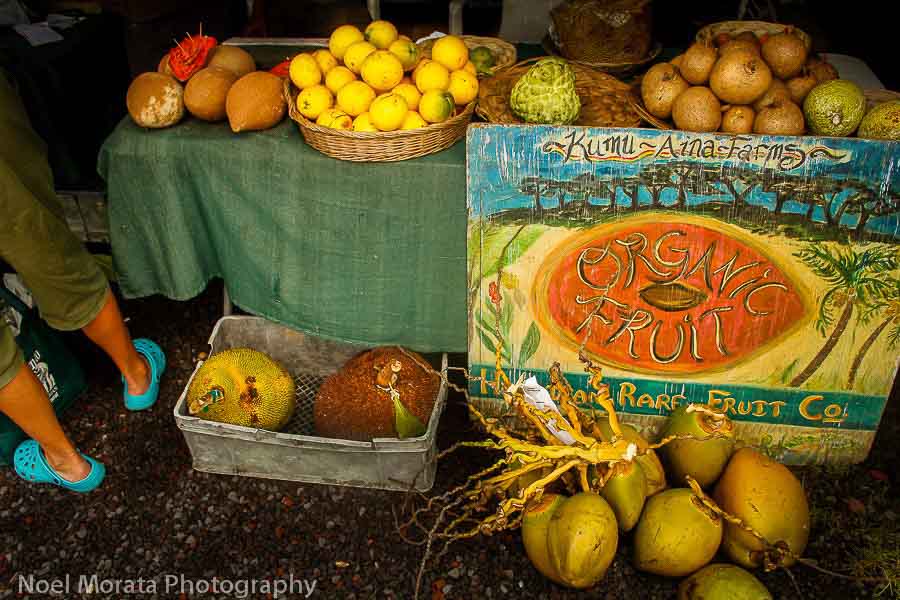
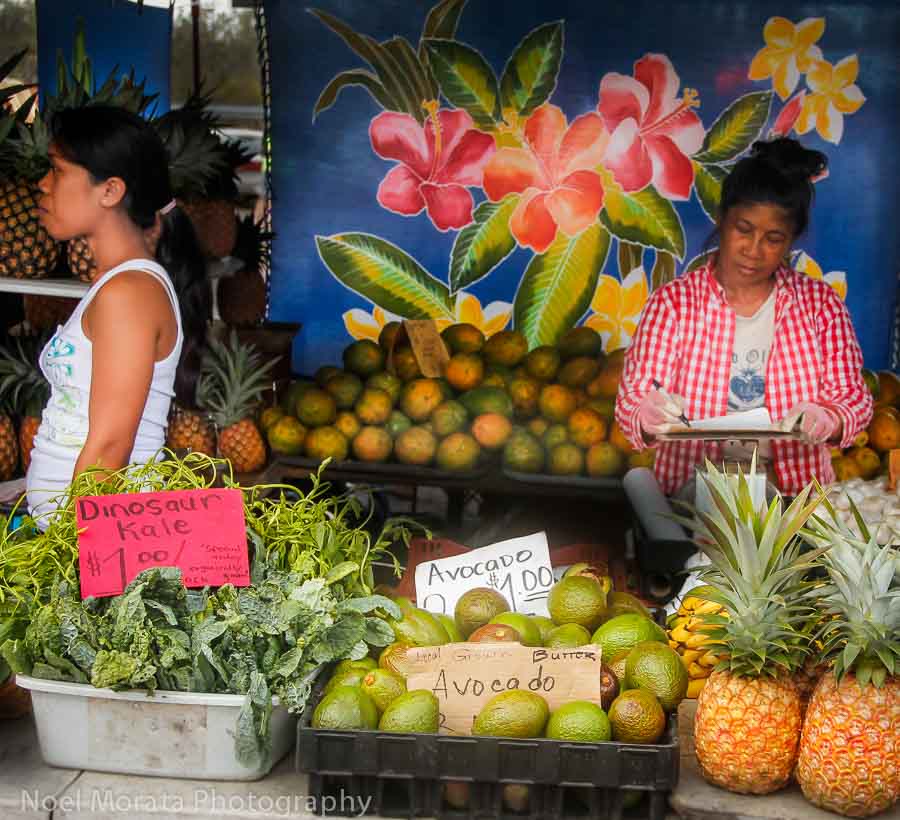
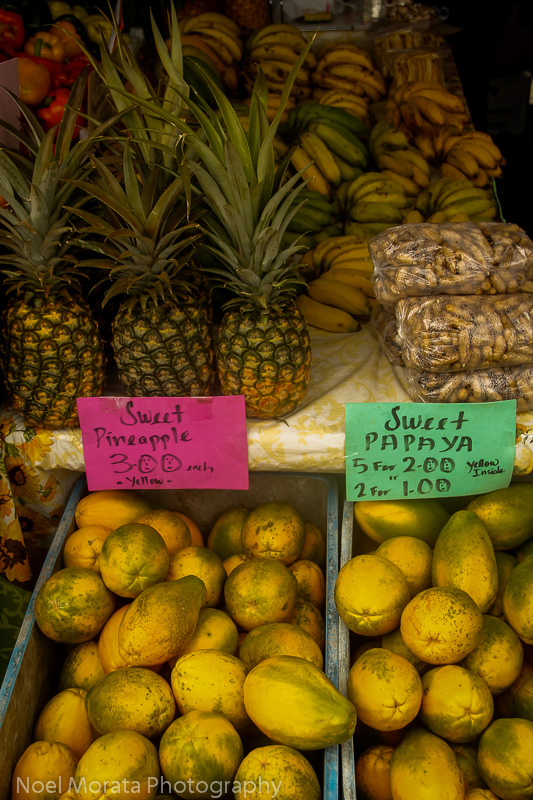
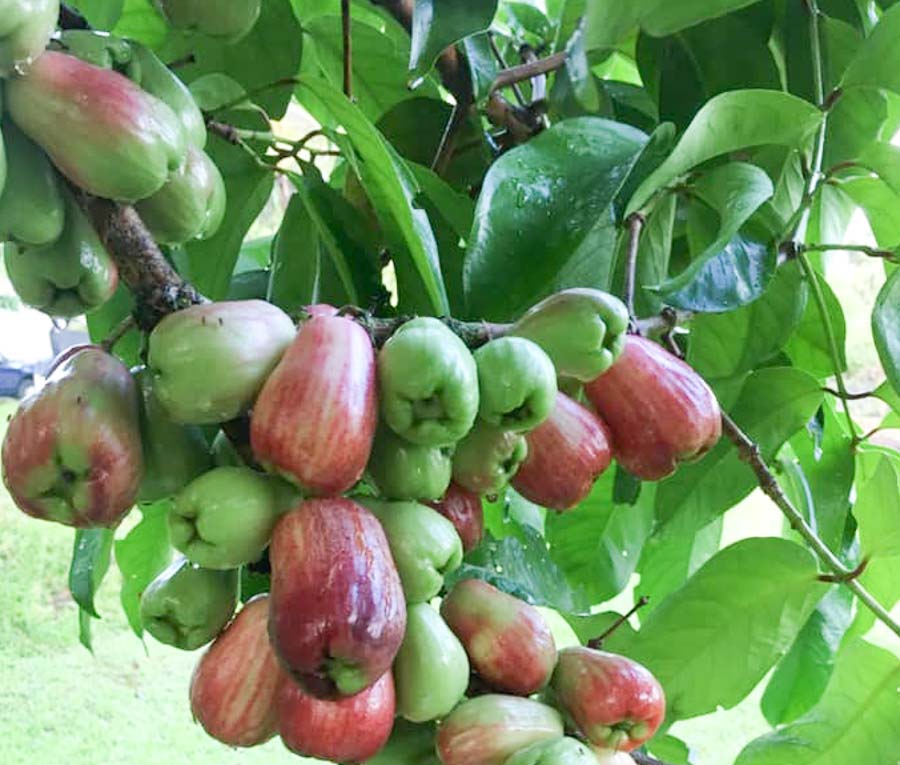
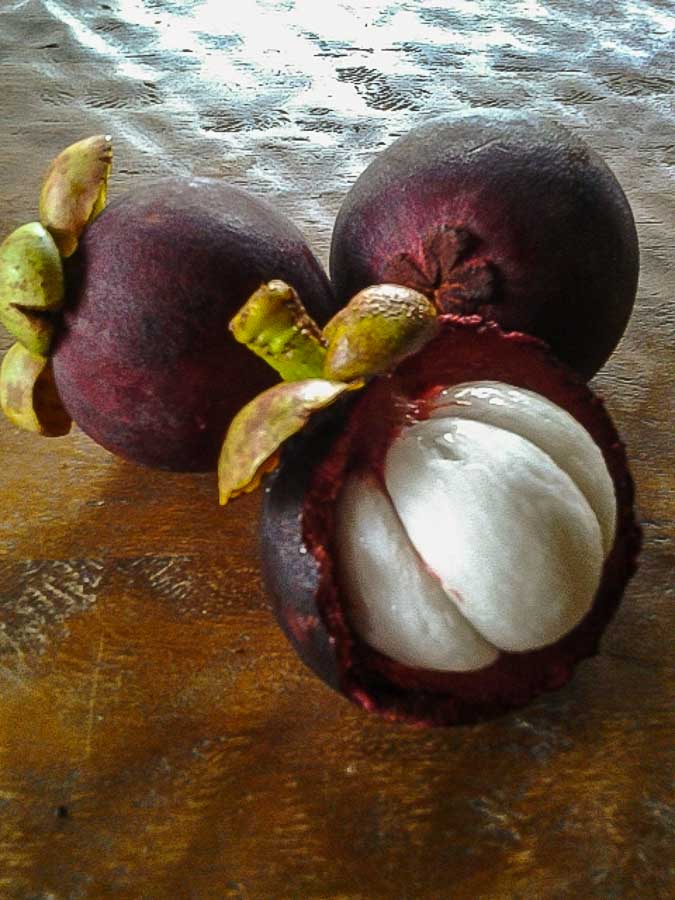
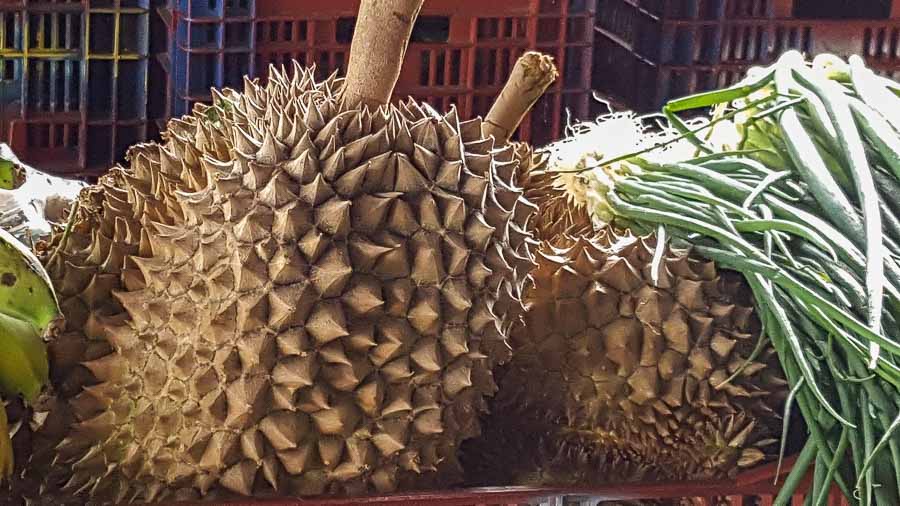
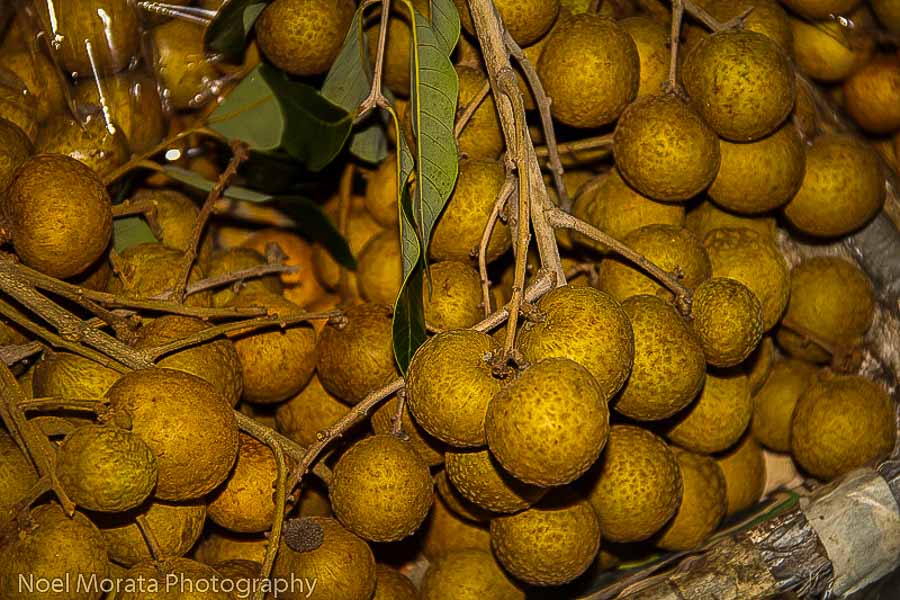
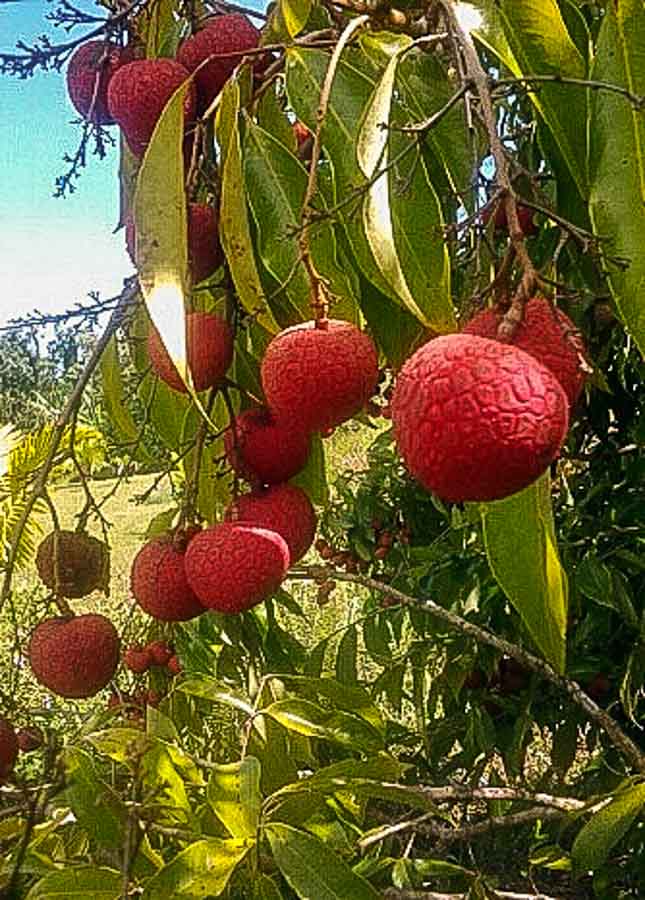
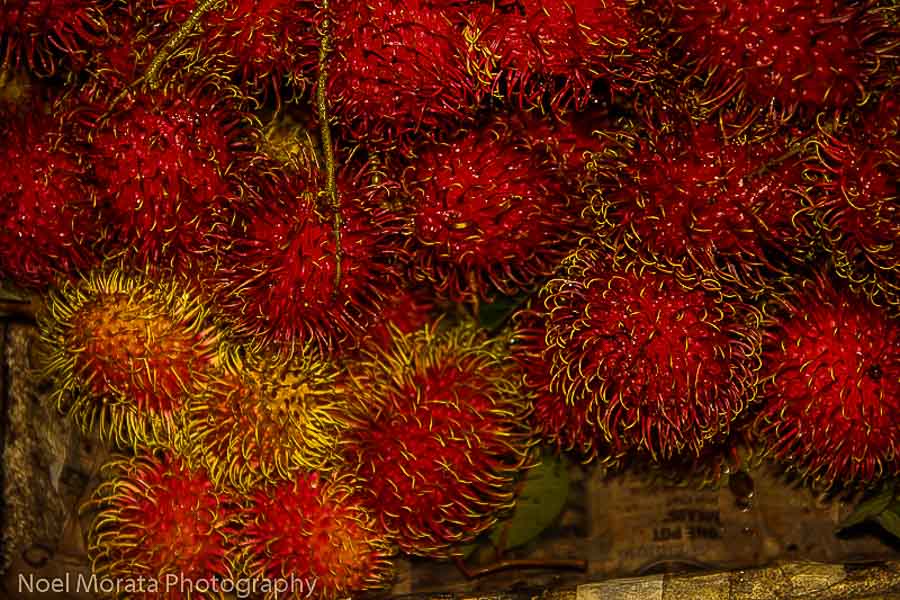
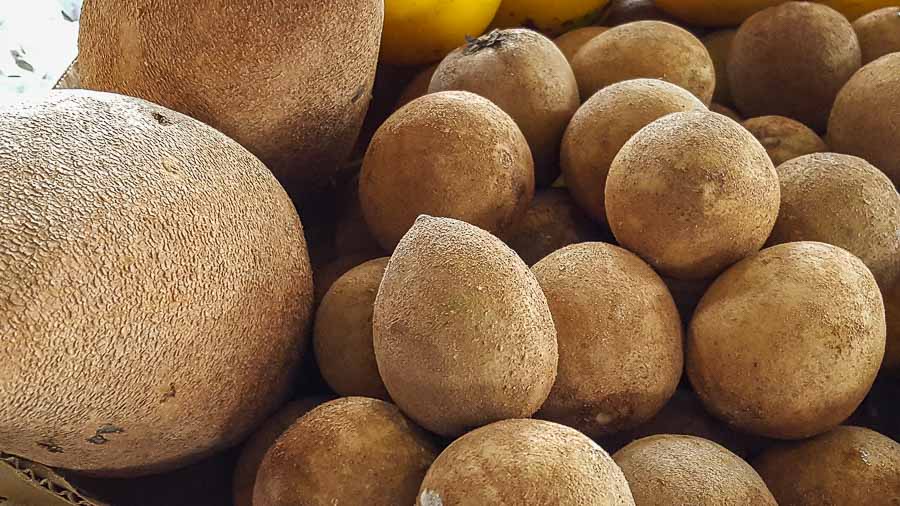
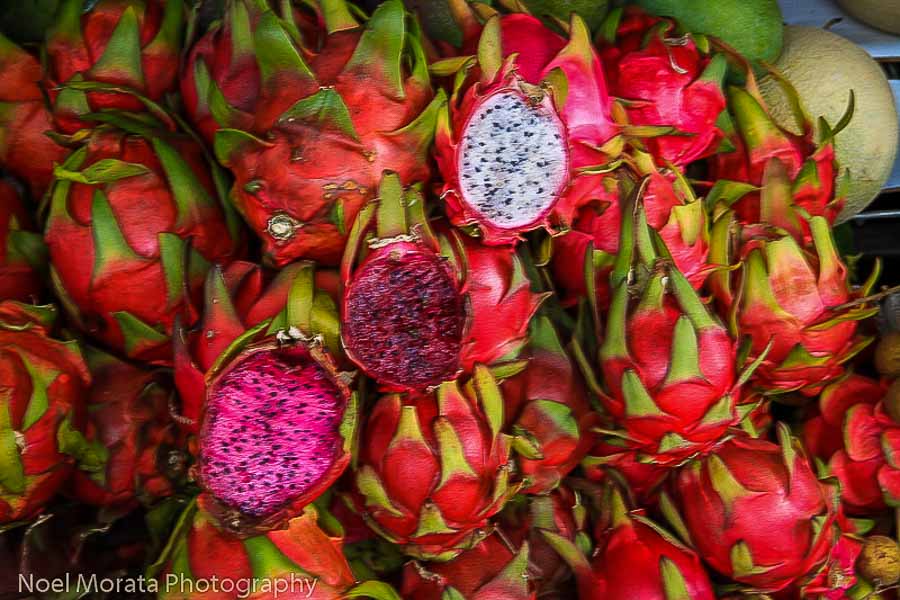
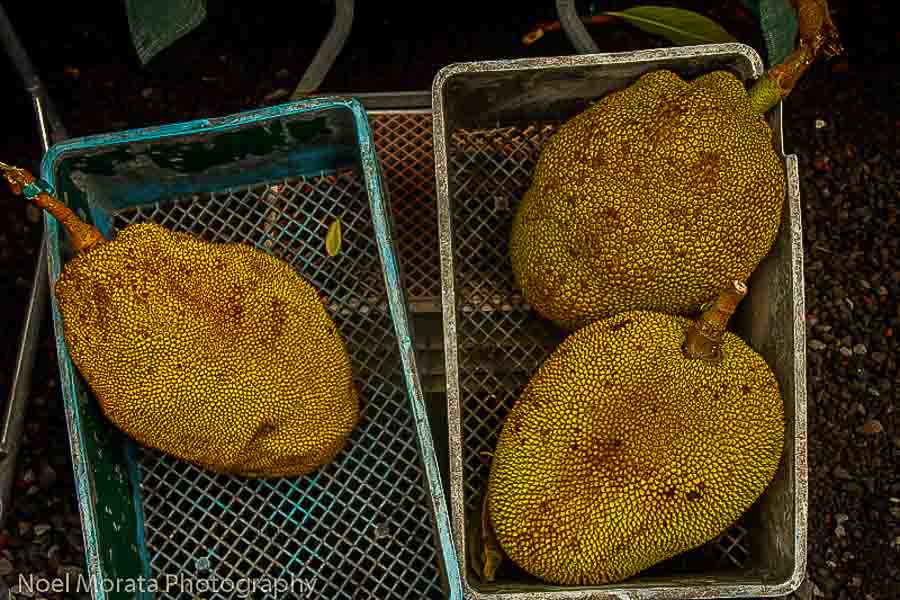
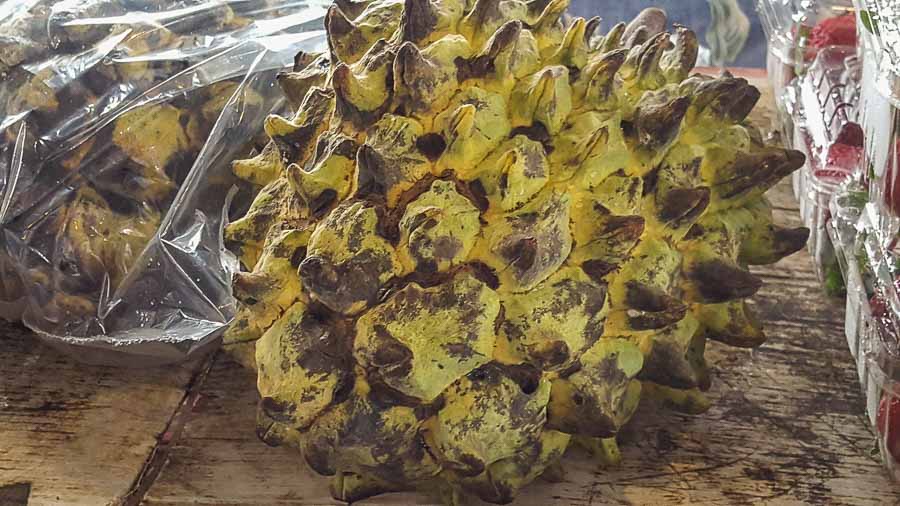
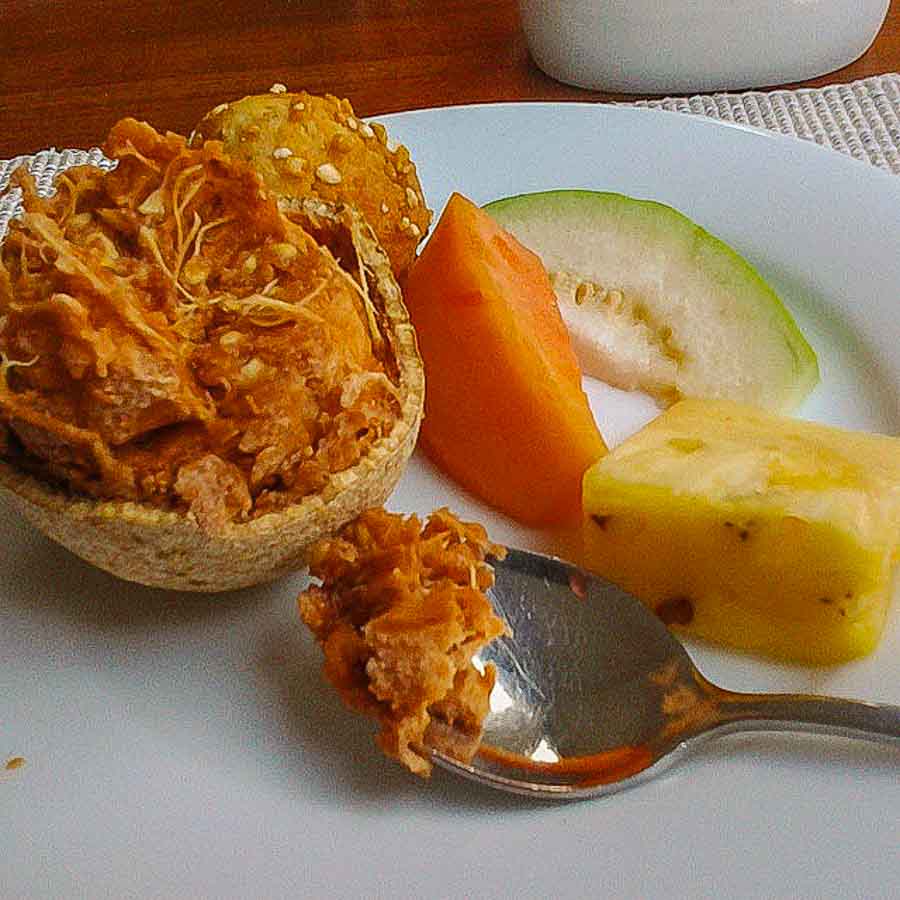
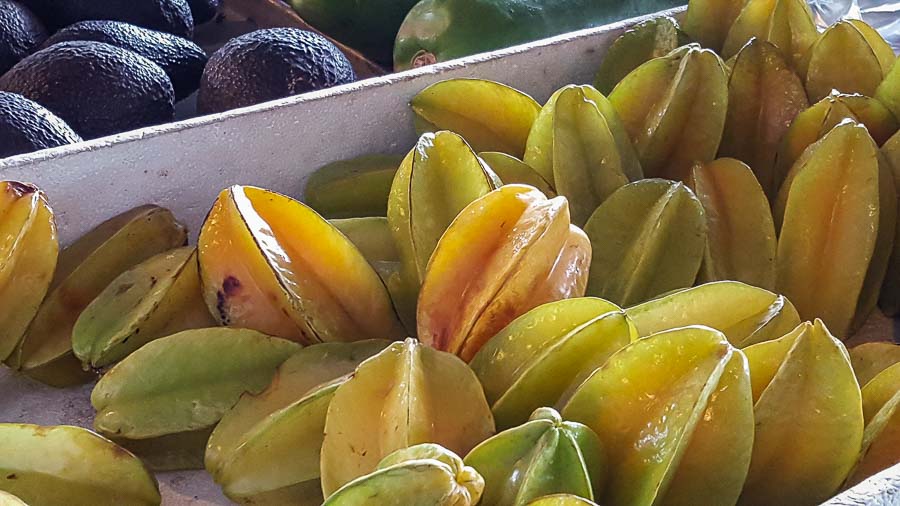
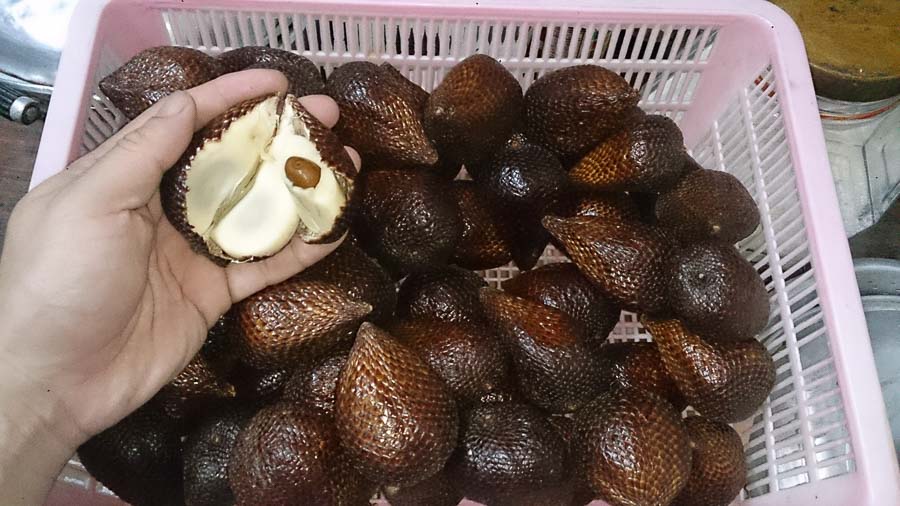
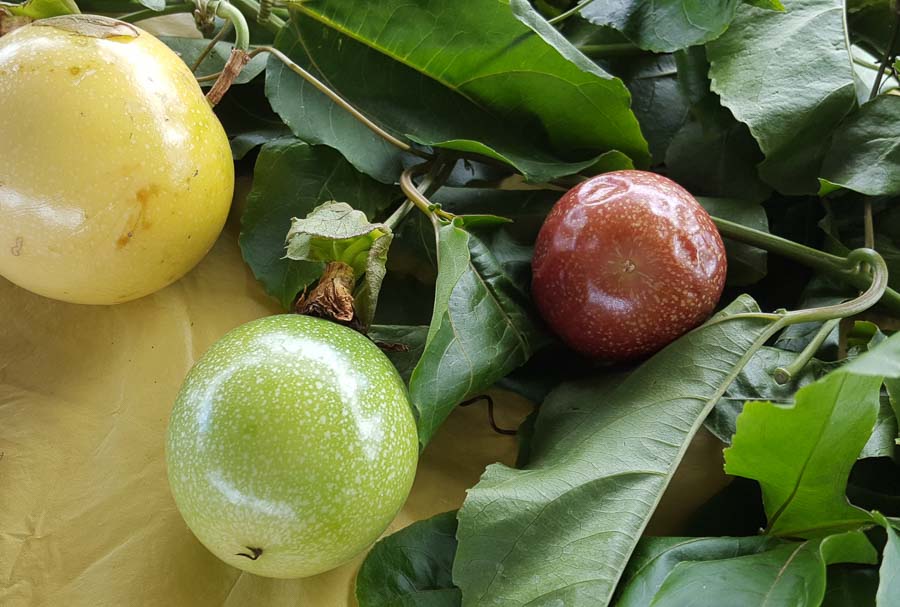
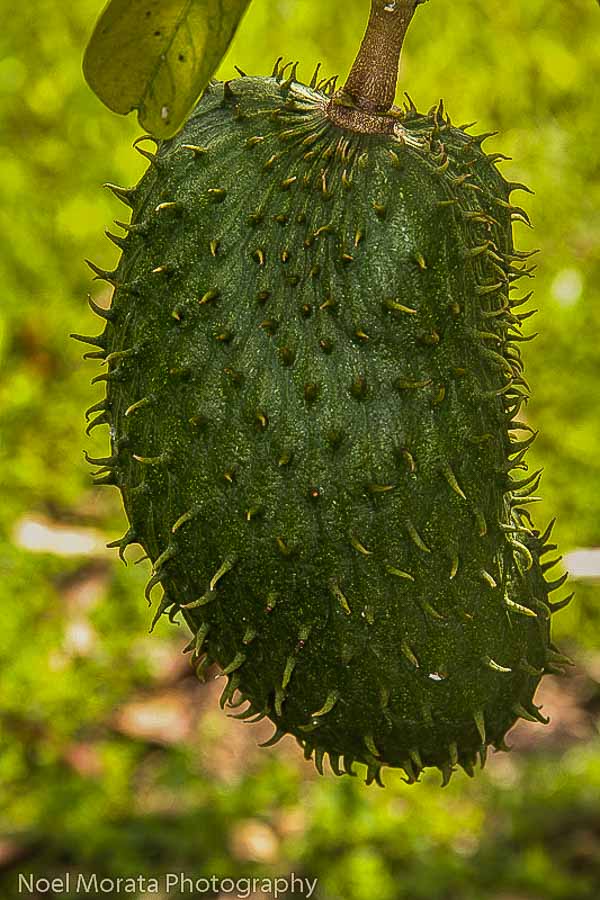
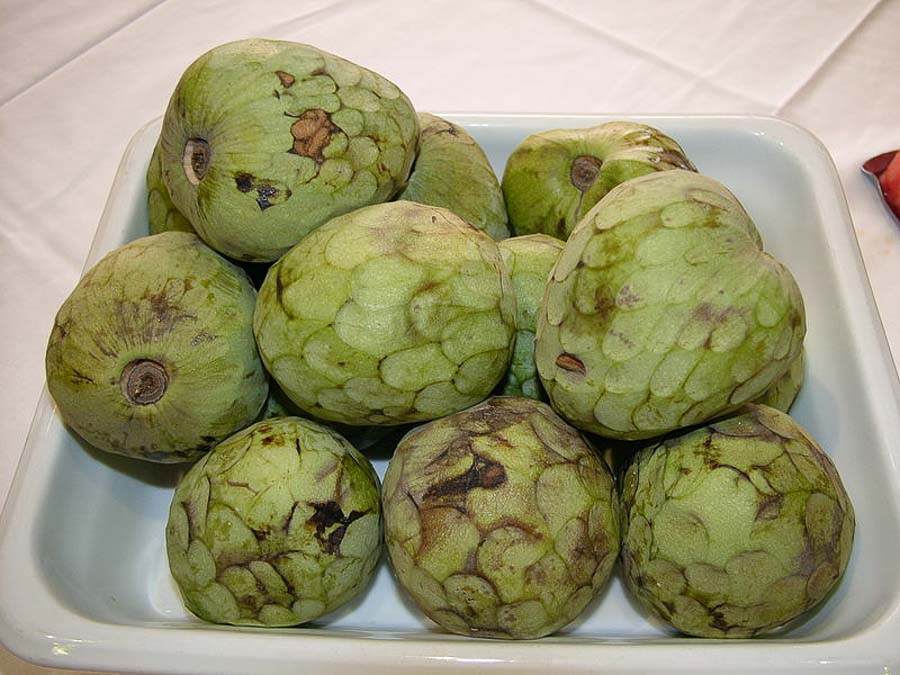
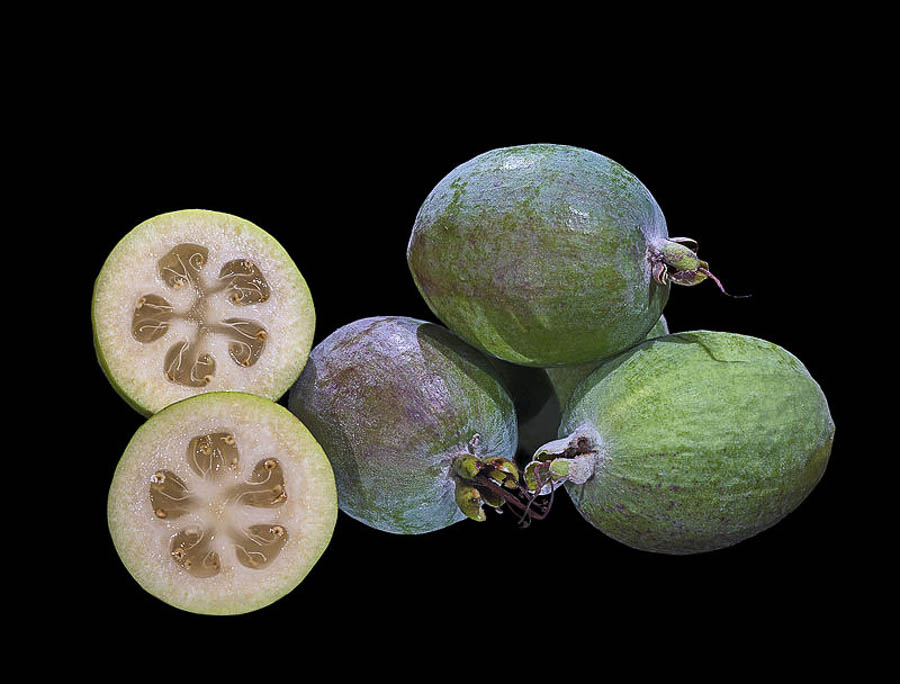
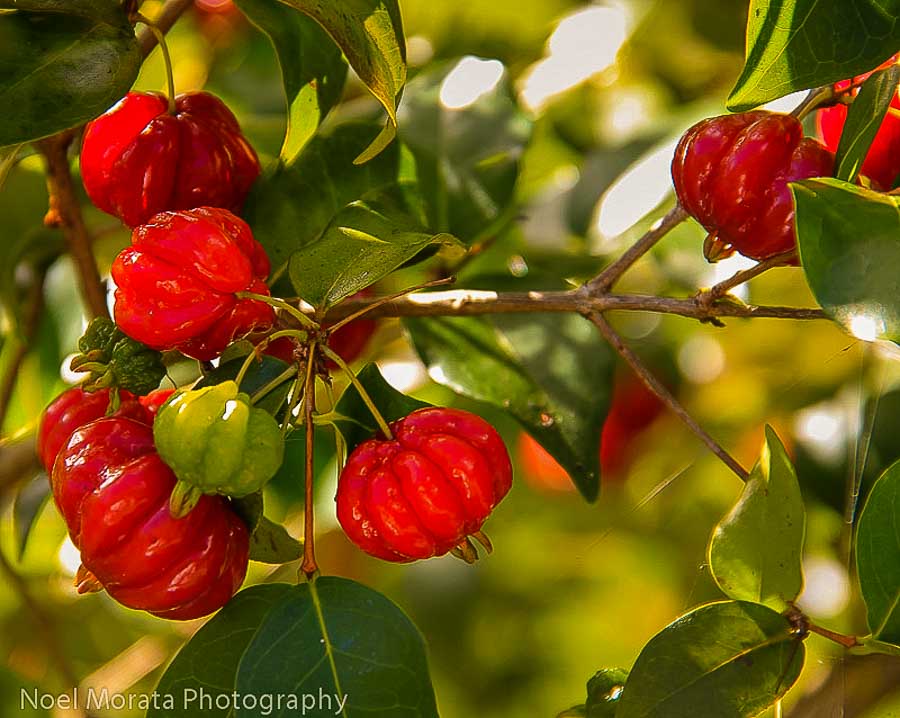
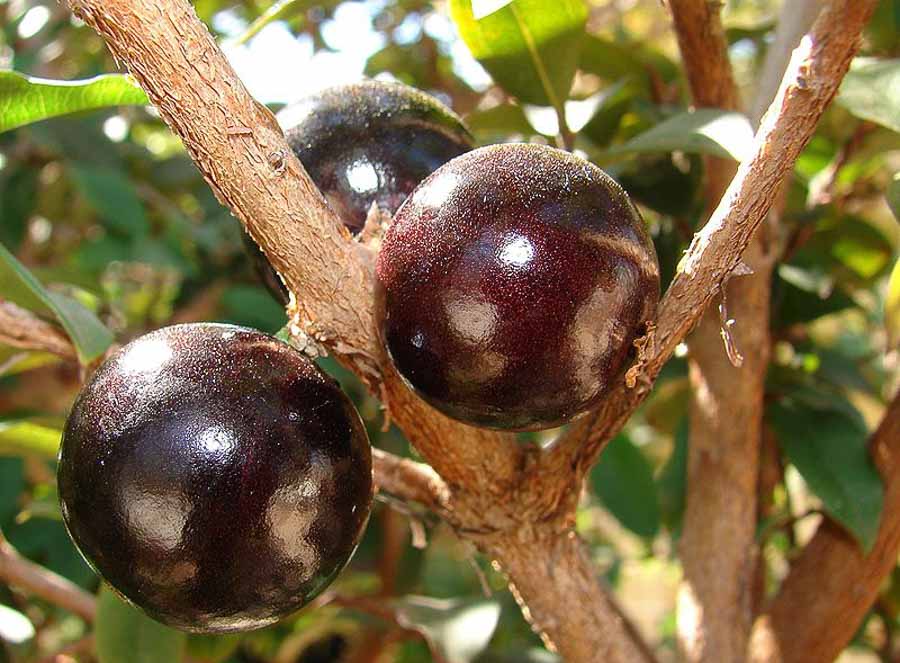
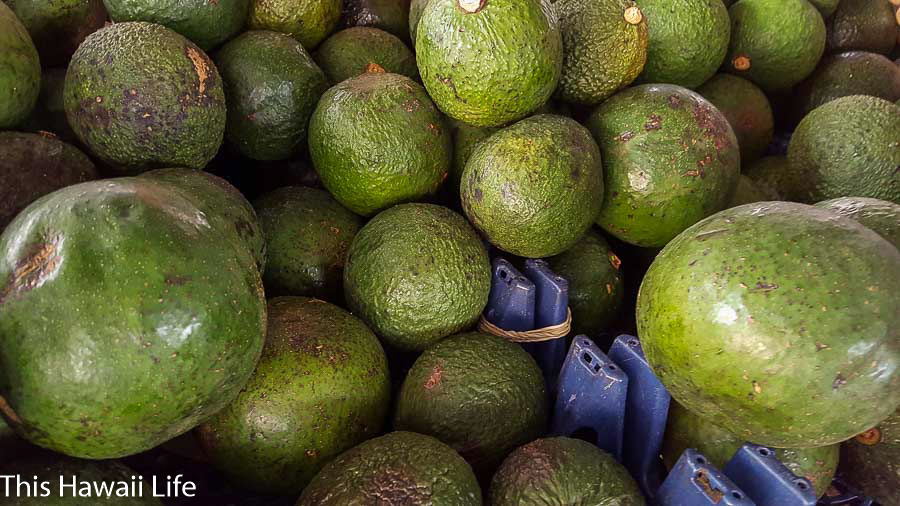
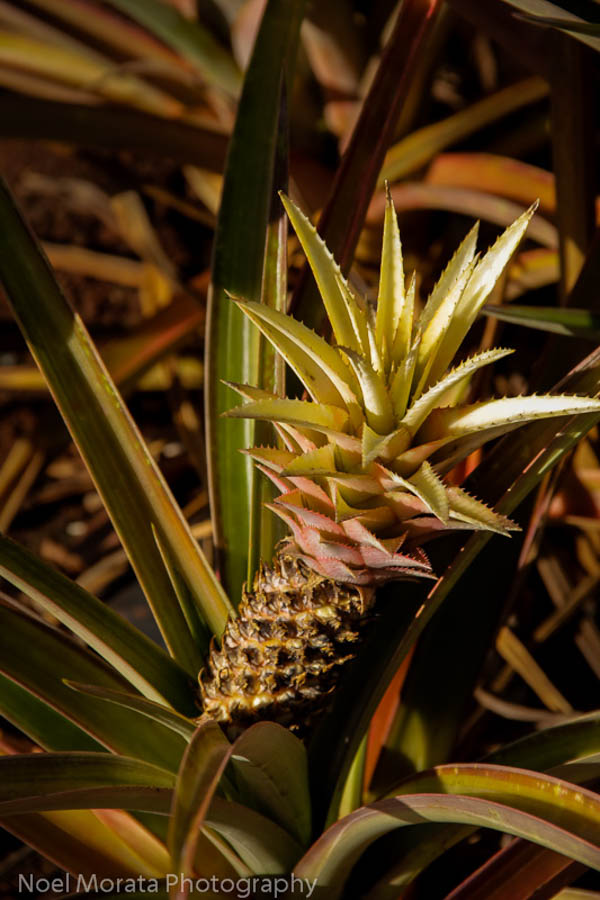
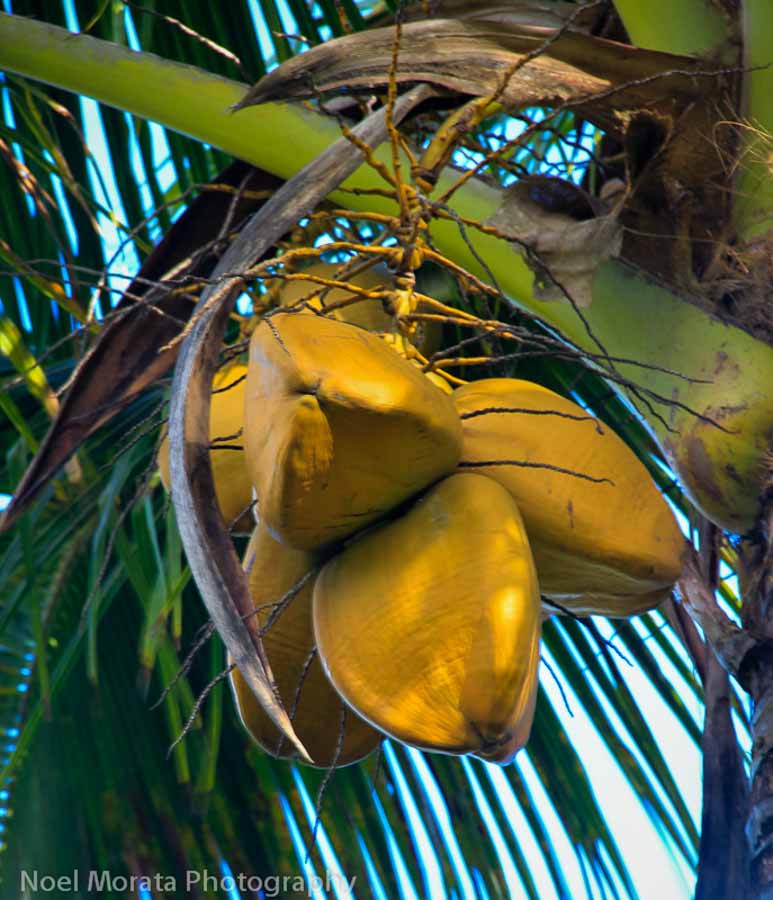
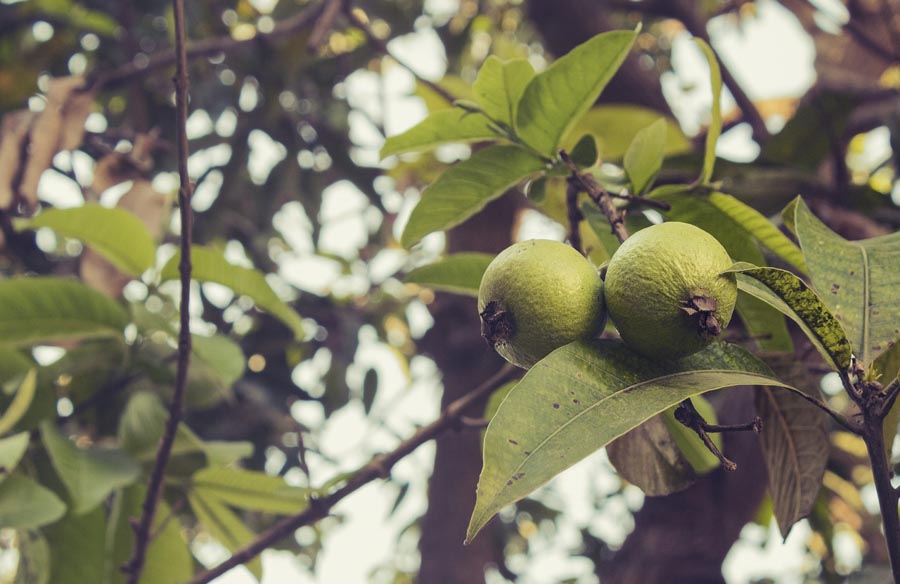
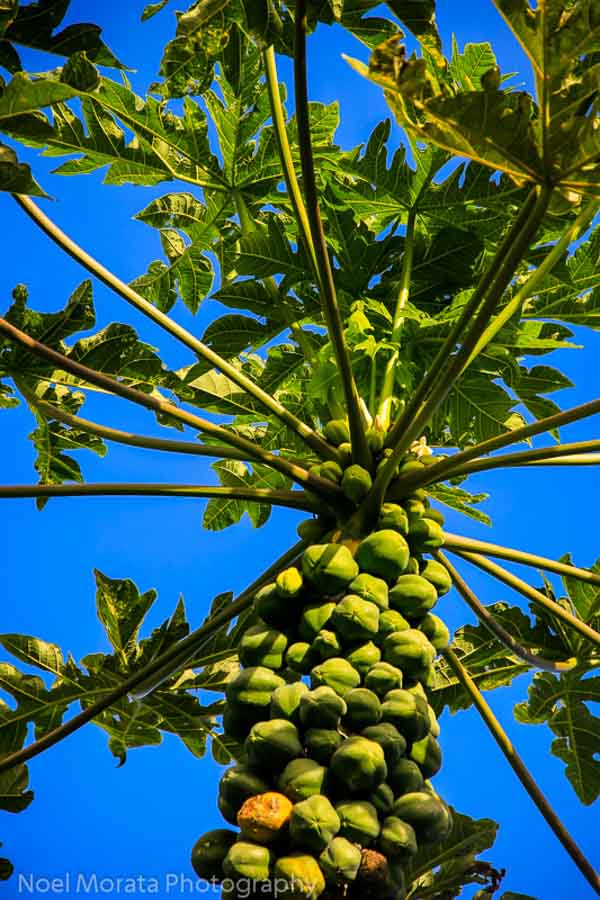
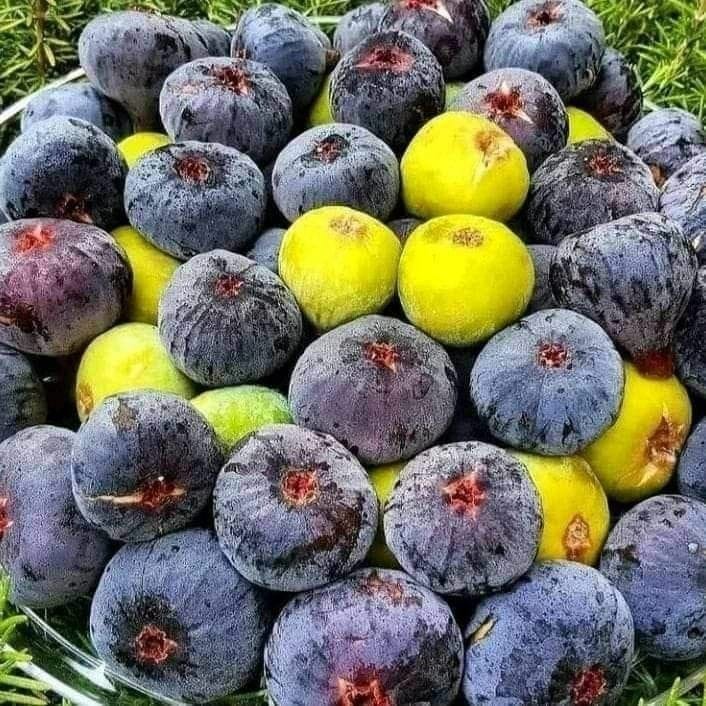
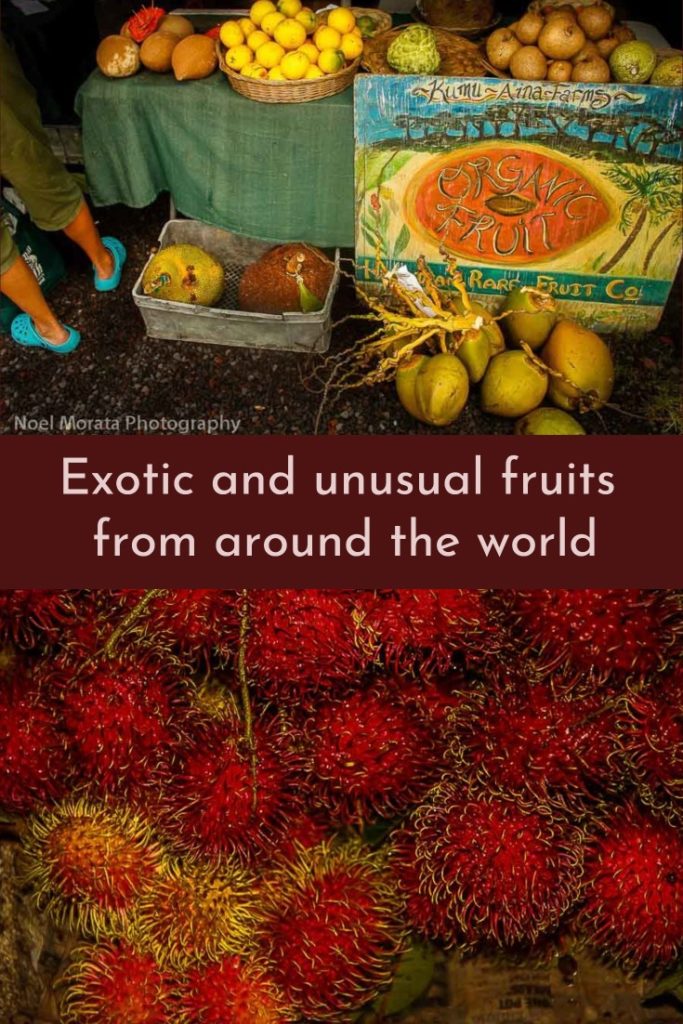

Ghostemane fruit
Oh yum! I love trying new fruits and vegetables when traveling and you obviously do to! As a vegetarian, I’m a big fan of jackfruit and often use it in a “pulled pork” recipe I love. have even fooled the hard core carnivores in the group. Wood apple looks interesting. I’ll look for it on my next trip to India.
Yes jackfruit is used for a meat substitute here in Hawaii…I’m sure all these exotic fruits are right up your alley.
My mouth is watering…well, maybe except for the durian, I definitely haven’t developed a taste for that one yet! Awesome photos as usual 😉
Yes I love all these exotic fruits except for durian which is my least favorite
Wow. That’s a lot of fruits. I thought I knew about most tropical fruits but you showed me I need to learn a bit. I love cherimoyas (and they are grown here) so I think I should try mangosteen. I have seen them in the store occasionally. And, I love durian fruit but I just can’t find it in New Zealand.
There were a number of fruits in your collection that I have never even seen before, but I especially love your image of the tasty mangosteen.
I’ve never had the (dis)pleasure of tasting or smelling durian and I think I’ll keep it that way. But I love the looks of many of these other exotic fruits. I’ve actually seen jackfruit a few times in my local market here in Arizona. I’ll have to try it sometime.
I am surprised at how many of these I don’t recognise.
There’s quite a few of these exotic and unusual fruits that aren’t all from Southeast Asia
Wow! Amazing collection of exotic fruits, some of which l have never heard of. I think the one l would like to try the most would be the Mangosteen. It sounds delicious and l will definitely be on the lookout for it. Guava is also a favorite of mine, so l would lean towards that as well :-).
These are all delicious exotic fruits, mangosteen is definitely one of my favorites
As a Malaysian, I’m blessed to have tried more than half the fruits in your list. I’m pretty excited to try the rest when I get the chance to travel to Latin America!
I’m glad you’ll get a chance to try more of these exotic and unusual fruits from around the world, you might have a few more to tell me about to add to this list 🙂
We are so fortunate to be able to find so many of these incredible fruits these days right at our home markets. Not that long ago, the supply of exotic fruits was quite limited in many Canadian markets, but we can now get a very high percentage of these and I love it! Thx for the great guide.
Wow, that’s fantastic that you can get many of these exotic and unusual fruits in your markets, especially in Canada. I’m sure you’ve already tried most of these Doreen.
Only a few of those I haven’t had. Worst part about moving away from East/Southeast Asia is that I can’t get those fruits anymore.
Yes it’s hard to find some of these exotic or unusual fruits in an urban environment, unless you go to an ethnic market or specialty market.
Thanks for this post. Some of these fruits, like the Fejoia or Jabuticaba were totally unknown to me.
But I am curious and would love to taste them all 🙂
Those come from latin America, but I’ve seen them in specialty markets that import many of these unusual and exotic fruits at high prices.